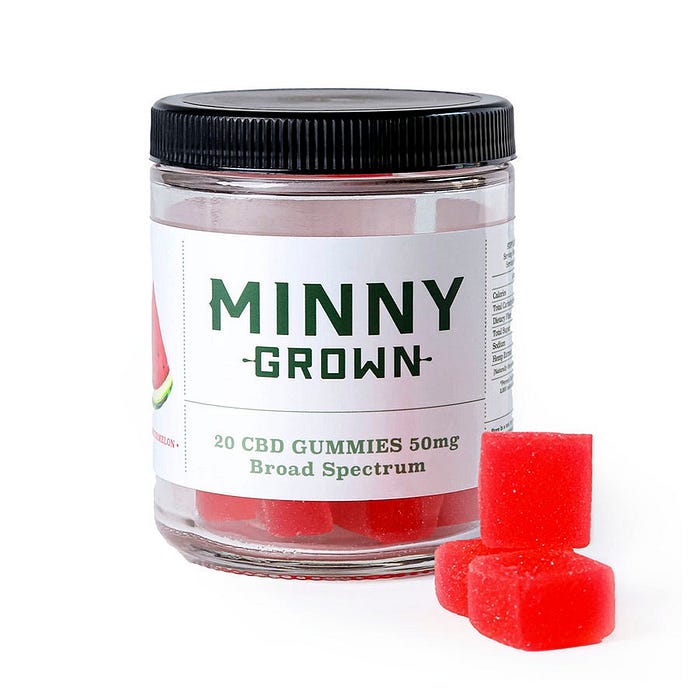The Science of CBD and How It Works

Introduction
CBD, or cannabidiol, is a natural compound found in the cannabis plant that has been gaining popularity in recent years due to its potential health benefits. But how does CBD work in the body? In this article, we’ll explore the science behind CBD and how it interacts with the human body.
What is CBD?
CBD is one of the many compounds found in the cannabis plant, known as cannabinoids. Unlike THC, another well-known cannabinoid, CBD does not produce a “high” or psychoactive effect. Instead, CBD is believed to have potential health benefits, including reducing pain, inflammation, and anxiety.
How does CBD work in the body?
CBD interacts with the body’s endocannabinoid system (ECS), a complex network of receptors and neurotransmitters that help regulate various bodily functions, including pain, mood, appetite, and sleep. The ECS has two main receptors: CB1 and CB2. CB1 receptors are primarily found in the brain and central nervous system, while CB2 receptors are found throughout the body, including in the immune system.
When CBD is consumed, it interacts with both CB1 and CB2 receptors, as well as other receptors and neurotransmitters in the body, such as serotonin and vanilloid receptors. This interaction is believed to help regulate various bodily functions and potentially reduce the symptoms of certain conditions.
What are the potential benefits of CBD?
CBD has been studied for its potential health benefits, including:
Pain relief: CBD may help reduce pain and inflammation by interacting with the body’s ECS and other receptors involved in pain perception.
Anxiety and depression: CBD may help reduce symptoms of anxiety and depression by interacting with serotonin receptors in the brain.
Sleep disorders: CBD may help improve sleep quality and reduce symptoms of insomnia by interacting with receptors involved in sleep regulation.
Neurological disorders: CBD may have potential benefits for neurological disorders, such as epilepsy and multiple sclerosis, by reducing seizures and improving motor function.
Skin conditions: CBD may have potential benefits for skin conditions, such as acne and eczema, by reducing inflammation and regulating oil production.
How is CBD consumed?
CBD can be consumed in several ways, including:
Sublingually: CBD oil can be placed under the tongue and absorbed into the bloodstream through the sublingual gland.
Ingestion: CBD can be added to food or drinks, such as CBD-infused gummies, capsules, or beverages.
Inhalation: CBD can be inhaled through vaping or smoking CBD flowers.
Topically, CBD can be applied directly to the skin in the form of creams, lotions, or balms.
Is CBD safe?
CBD is generally considered safe, with few reported side effects. However, some people may experience side effects such as dry mouth, drowsiness, and changes in appetite or mood. CBD may also interact with certain medications, so it’s important to talk to your healthcare provider before using CBD if you are taking any medications.
Conclusion
CBD is a natural compound found in the cannabis plant that has been gaining popularity for its potential health benefits. CBD works by interacting with the body’s endocannabinoid system and other receptors and neurotransmitters. CBD can be consumed in several ways, including sublingually, by ingestion, inhalation, and topically. While CBD is generally considered safe, it may interact with certain medications and cause side effects for some people. As with any supplement or medication, it’s important to talk to your healthcare provider before using CBD.
Comments
Post a Comment